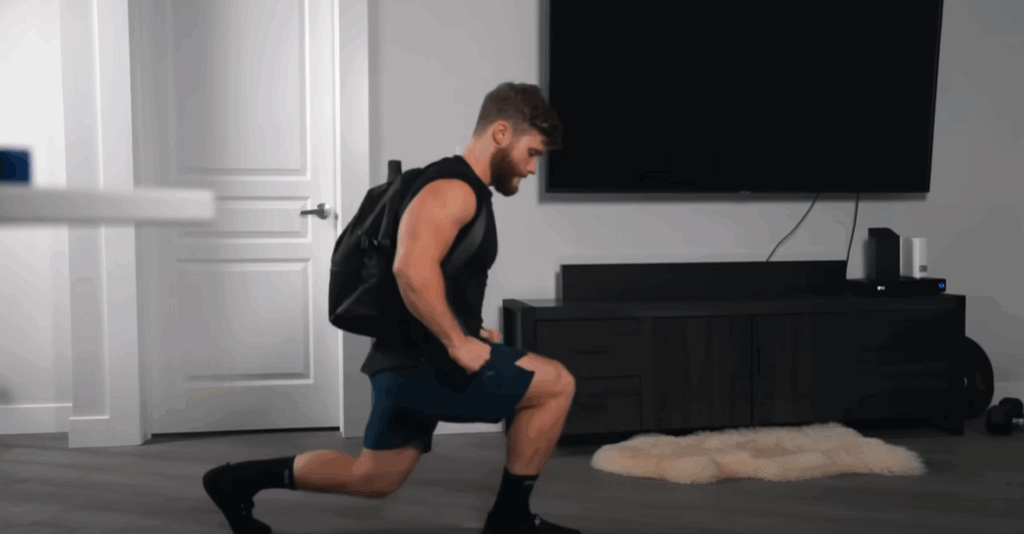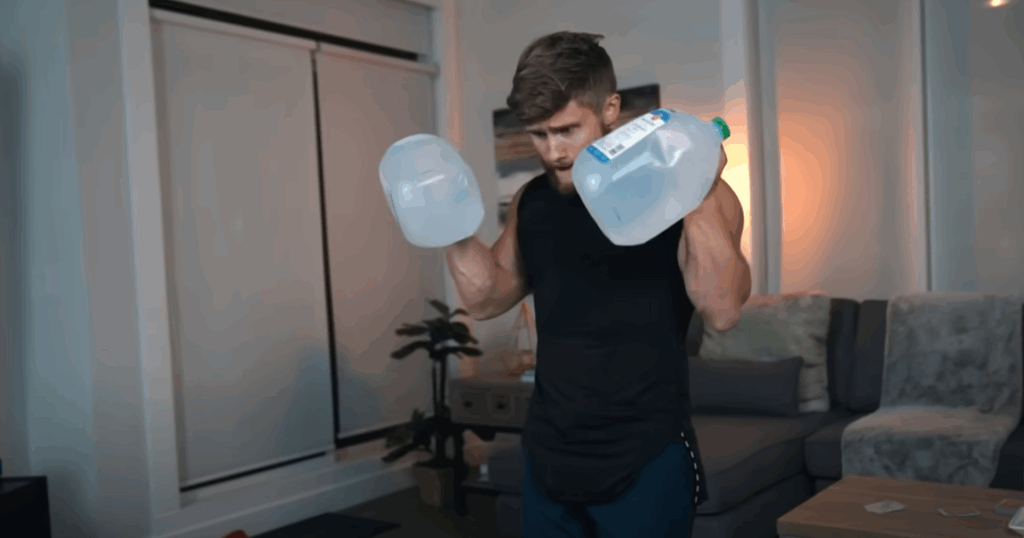Revive Your Home Workouts with This Fun and Effective Deck of Cards Routine
Sticking to home workouts can get dull fast, especially when you’re doing the same moves day in and day out. If your training is starting to feel more like a chore than a challenge, it may be time to shake things up—and this simple deck-of-cards workout might be exactly what you need.
Not only does adding variety to your workouts increase enjoyment, but research also suggests that variability might boost your motivation to train. A 2019 study found that individuals following randomized training routines reported higher enthusiasm for their workouts, even when strength and muscle gains were similar to those using fixed programs.

So how do you bring that sense of unpredictability and freshness into your own training, especially at home with little or no equipment? That’s where the deck of cards method comes in—a dynamic, gamified approach to full-body training.
What Is the Deck of Cards Workout?
All you need is a standard deck of playing cards and a bit of floor space. This method transforms each card into a set of reps and exercises, creating a completely randomized workout that can’t be repeated the same way twice.
Here’s how it works:
- Shuffle the deck and deal yourself 20 cards face down. Each card you flip determines your next set.
- The number on the card = number of reps + 10. For instance, a 5 equals 15 reps, and a King (face cards count as 10) equals 20 reps. Aces give you a 2-minute rest.
- Each suit corresponds to a movement type:
- ♠ Spades = Push exercises (e.g., push-ups)
- ♣ Clubs = Pull exercises (e.g., pull-ups or rows)
- ♥ Hearts = Lower body (e.g., lunges or squats)
- ♦ Diamonds = Isolation work (e.g., curls, tricep dips, abs, calves)
This structure allows you to build a session that’s anywhere from 20 to 60 minutes long, depending on how many cards you draw.
Warming Up at Home
Before diving into the cards, it’s crucial to prepare your body. Spending just five minutes on light cardio like jogging in place, shadowboxing, or jumping rope can elevate your body temperature and shift your mindset from “relax” to “train.”
Follow that with some dynamic stretches: thoracic spine rotations, step-throughs, leg swings, and arm circles to prime your joints and muscles for movement.
Making Bodyweight Training Effective
One common mistake people make with home workouts is aiming for a fixed number of reps without challenging their muscles enough. Just because you hit 20 reps doesn’t mean you’re pushing hard enough for muscle growth.
Instead of blindly following rep counts, you’ll use intraset feedback. Mid-set, ask yourself: Does this feel difficult? Am I nearing failure? If not, it’s time to crank up the intensity using simple but powerful techniques.

For Leg Movements (e.g., Walking Lunges):
- Load a backpack to add resistance.
- Focus on front-leg drive, minimizing back-leg assistance.
- Take longer strides to deepen the hip angle and target your glutes.
For Push-Ups:
- Slow the eccentric phase (lowering down) to 3-5 seconds.
- Pause at the bottom to increase time under tension.
- Squeeze your chest at the top of every rep to reinforce the mind-muscle connection.
For Pull Movements (e.g., Pull-Ups or Rows):
- Use bands for assistance if you can’t complete the reps with strict form.
- If using a band for pull-downs, slow the tempo and hold contractions.
For Isolation Exercises (e.g., Bicep Curls):
- If using a jug of water or a band, squeeze at the top for maximum contraction.
- Avoid resting at the bottom—maintain constant tension throughout.
- For added intensity, pause at the halfway point both on the way up and down.

Managing Rest Periods
If you draw an Ace, you get a two-minute rest. Otherwise, you’ll keep going with minimal breaks unless you pull two cards of the same suit back to back, in which case you may rest before repeating the same muscle group.
This method naturally adds a cardio component due to the limited rest, improving both muscular endurance and heart health.
But What About Progressive Overload?
You might be wondering: How can I make progress if the exercises and reps are always changing?
While it’s true that traditional overload—like adding 5 pounds each week—is tougher at home, you can still challenge your muscles effectively. Instead of focusing on linear weight progression, this program emphasizes qualitative overload:
- Slower tempo
- Extended pauses
- Enhanced mind-muscle focus
- Fewer reps, but greater intensity
Over time, these adjustments force your muscles to adapt even without increasing weight.
If you want to take it a step further, you can add small increments of resistance: more water in your jug, extra books in your backpack, or additional reps on the cards. Just aim to make each session feel slightly harder than the last, even if the method isn’t traditional.
Staying Consistent and Motivated
What makes this deck-of-cards workout powerful isn’t just the physical challenge—it’s the psychological refresh it provides. The element of surprise keeps your brain engaged and helps break up the monotony of repetitive routines.
You can use this as a quick burnout finisher after your regular workout, a standalone session when you’re short on time, or even as your primary routine while gyms are closed. It’s easy to scale up or down depending on your fitness level and time availability.
Final Thoughts
Training at home doesn’t have to feel boring or unproductive. With a deck of cards, some creativity, and a little structure, you can create full-body workouts that are engaging, scalable, and effective.
Even if you’re lacking heavy weights or fancy machines, pushing yourself with proper technique, intensity, and focus is enough to maintain (and even build) muscle. The goal is to stay consistent, stay motivated, and stay challenged—and this workout gives you all three.
So next time you’re feeling unmotivated or uninspired, shuffle the deck, deal your cards, and see what kind of workout fate has in store.



